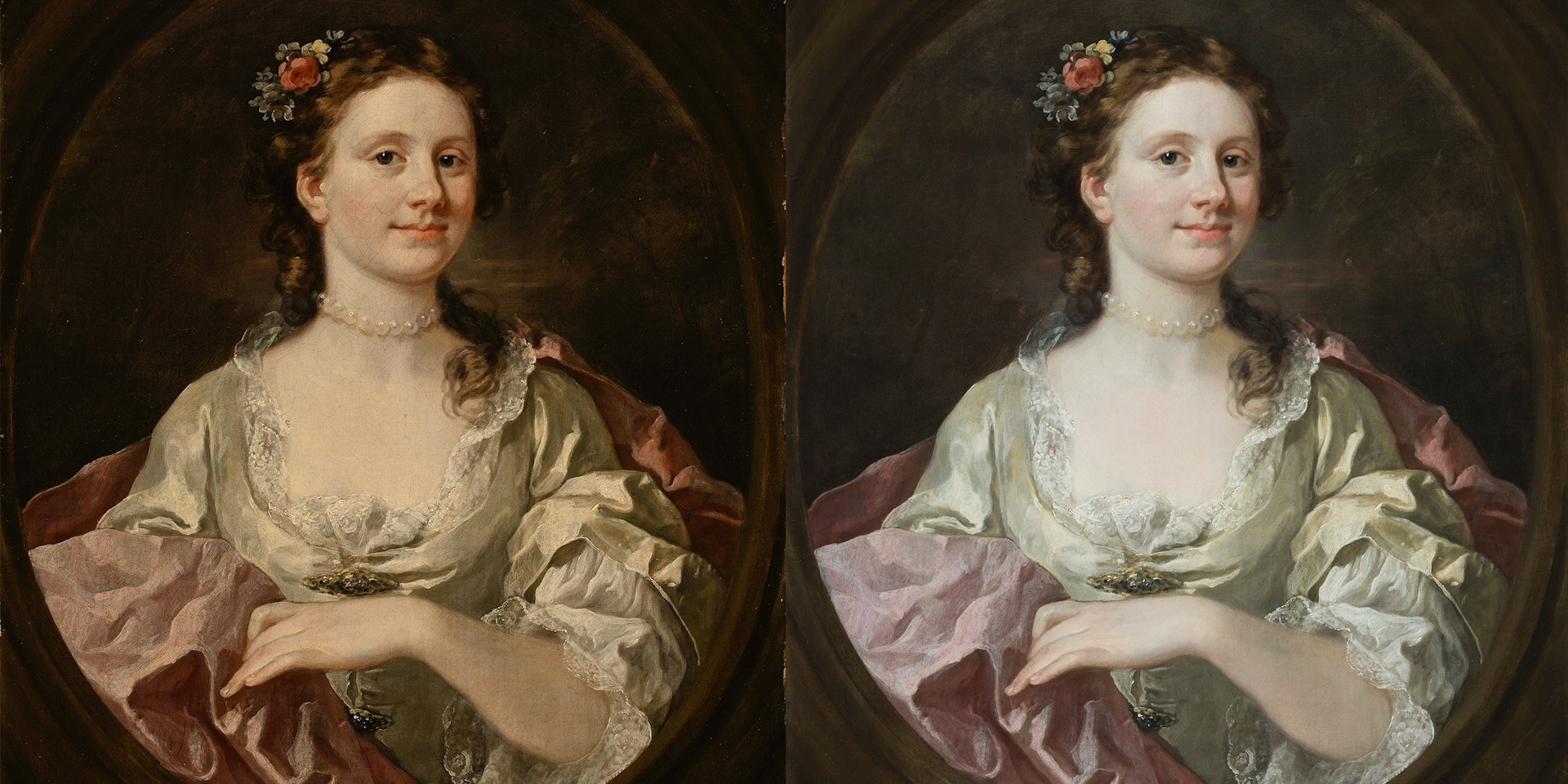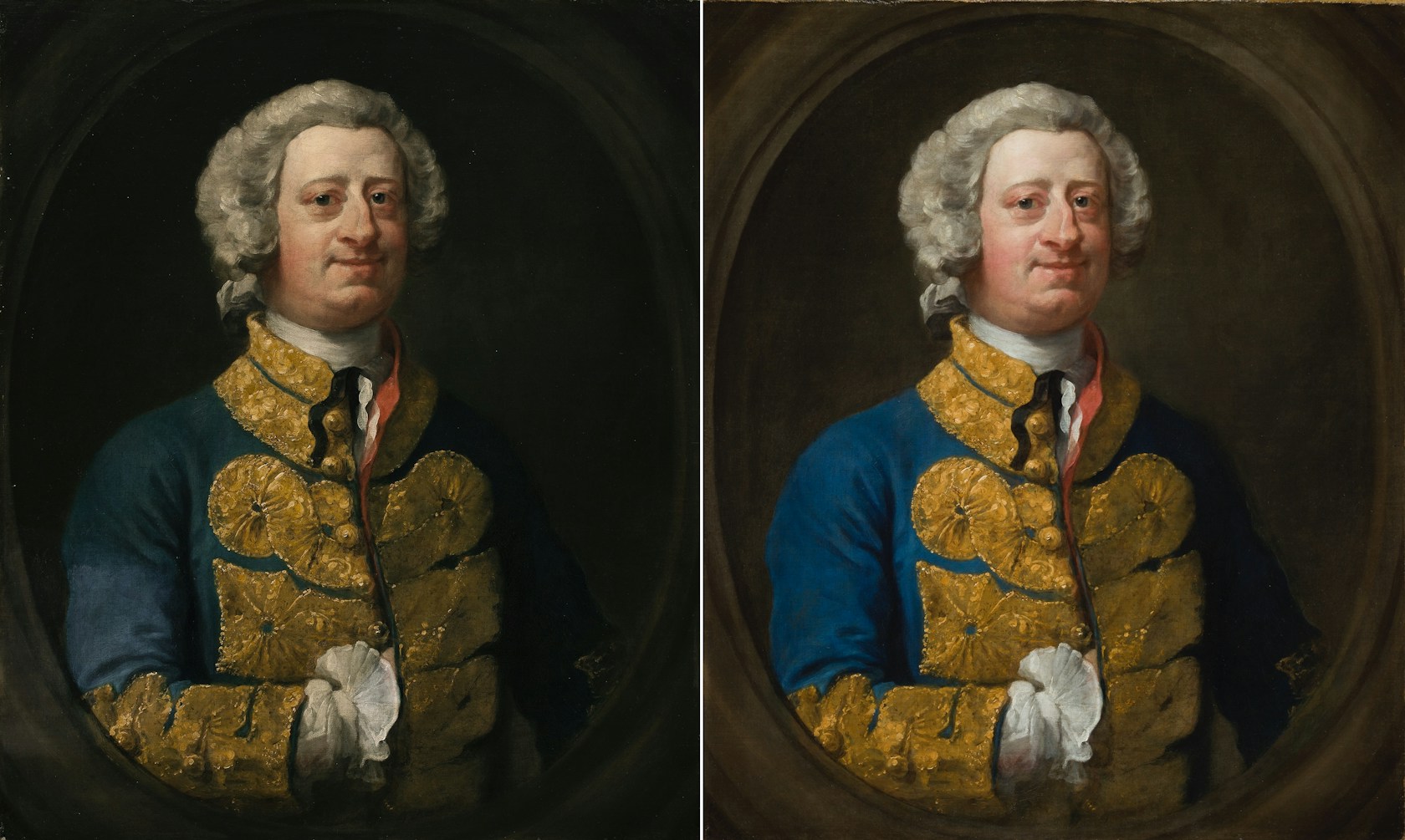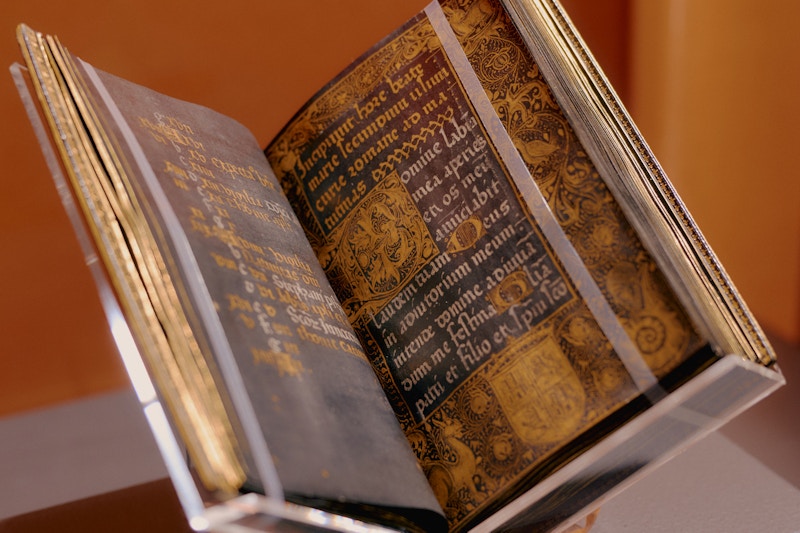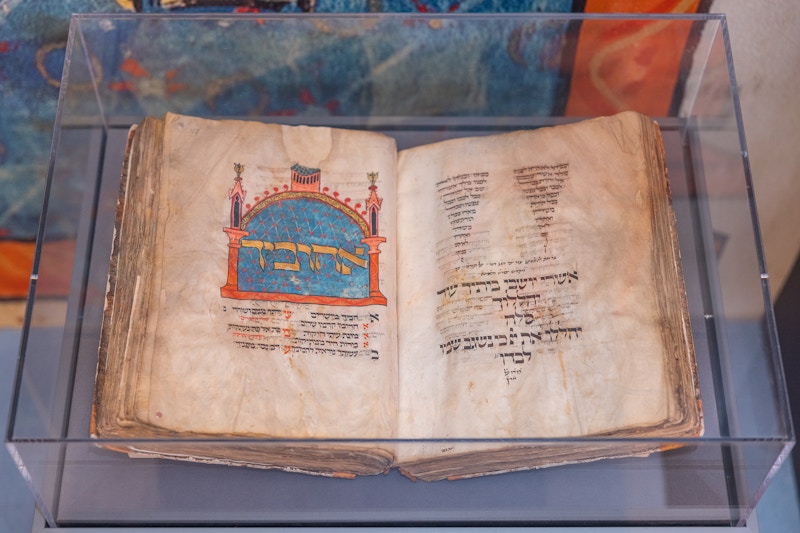
Hogarth’s Original Intent Is Revealed Following Restoration of These Husband-and-Wife Pendants at the Worcester Art Museum
The portraits were the first paintings by the artist in a U.S. collection and until the restoration in 2013 supported by the TEFAF Museum Restoration Fund, had not received treatment in over a century
- By TEFAF Editors
- Museum Restoration Fund
The Worcester Art Museum’s (WAM) collection spans from 3,000 BC to the present. Its 38,000 objects range from ancient art to European and American paintings and sculptures and work by contemporary artists from around the world. In 1910, the pendant portraits of husband-and-wife William and Elizabeth James (1744) were acquired, making the Worcester Art Museum the first American collection to include paintings by the important British artist William Hogarth (1697–1764). A seminal pictorial satirist, social critic, and political illustrator best known for his “modern moral subjects,” Hogarth was also a prolific realistic portraitist.

Since their arrival at the museum, the portraits had never been comprehensively treated or technically evaluated. They had, however, been repeatedly varnished. With time, the varnish applications had built up in thickness, darkened, and yellowed, making it difficult to properly view the artworks and fully appreciate the artist’s original intentions. The pendants would greatly benefit from conservation, for which the TEFAF Museum Restoration Fund granted support in 2013.

Prior to the conservation treatment, conservators researched the history of the portraits and Hogarth’s techniques and materials, including their chemical properties. Cross-section analysis provided information on the layered structure of the paintings—information that was crucial to define the level of treatment of the paintings. Conservators designed a specialized formulation including a blend of mild solvents and a gelling agent to remove the older varnishing layers without risking further damage to the surface. After the successful removal, the paintings lacked the saturation, tonal contrasts, and depth of colors intended by Hogarth due to an unusual drying effect, which left the paint surface appearing very matte when unvarnished. Once a new coat of varnish was applied, the proper saturation and vibrant colors were once more exposed. The conservation treatment returned Hogarth’s portraits to a state closer to the artist’s intentions and their original appearance, and restored these cornerstone works to the museum’s permanent galleries.


